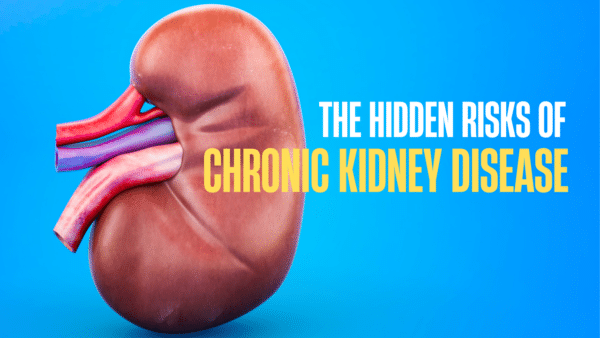Iron deficiency is a condition that affects millions of people worldwide. Understanding its stages and symptoms can lead to timely diagnosis and effective treatment. Below we will delve into the details of this condition, addressing various aspects such as TIBC levels, its relationship with weight gain, and more.
The Three Stages of Iron Deficiency
Iron deficiency anemia occurs when the body uses up iron faster than it can be replenished or when iron absorption is reduced. The condition progresses in three stages:
First Stage
During the first stage, iron stores in the body are low, but red blood cell production remains unaffected.
Second Stage
In this stage, low iron stores begin to affect red blood cell production, a phenomenon known as iron-deficient erythropoiesis or latent iron deficiency. The bone marrow produces red blood cells without adequate hemoglobin.
Third Stage
The third stage is characterized by iron deficiency anemia, where there is insufficient iron to produce hemoglobin, leading to decreased hemoglobin concentration. Symptoms usually manifest at this point.
What Happens to Your Body When You Have Very Low Iron?
You may not notice any symptoms during the early stage as nutrient stores are depleted. However, if iron deficiency persists and worsens, the body’s ability to transport oxygen becomes compromised, leading to many symptoms.
Symptoms of Low Iron
Low iron can result in symptoms like:
- Pale skin
- Fatigue
- Weakness
- Dizziness
- Shortness of breath
- Rapid heartbeat
What Does Anemia Fatigue Feel Like?
If you’re anemic, fatigue can be a constant companion. While feeling tired is normal after a long day, anemic individuals tend to feel fatigued more quickly due to oxygen-deprived cells.
Does Low Iron Cause Weight Gain?
Yes, low iron can contribute to weight gain for several reasons, including decreased physical activity due to low energy levels. Additionally, low iron affects thyroid function, and an underactive thyroid can contribute to weight gain.
Understanding TIBC Levels
Total Iron Binding Capacity (TIBC) is a test that measures your body’s ability to transport iron in the bloodstream.
Is TIBC Low or High in Iron Deficiency?
TIBC tends to be higher than usual in cases of iron deficiency as the body tries to compensate.
What Does Low TIBC Mean?
Low TIBC could indicate conditions such as hemolytic anemia, liver disease, or malnutrition, among others.
What Happens if TIBC is High?
A high TIBC usually indicates iron deficiency and triggers the body to produce more transferrin to increase iron transport.
Normal Range for TIBC
- Iron: 60-170 mcg/dL
- TIBC: 240-450 mcg/dL
- Transferrin saturation: 20-50%
Vitamins and Iron Levels
Does Vitamin B12 Increase Iron Levels?
Vitamin B12 does not directly increase iron levels but is essential for red blood cell production. Thus, a deficiency can lead to anemia.
What Vitamin is Best for Iron Deficiency?
Vitamin C is generally recommended alongside iron as it enhances iron absorption.
Can I Check My Iron Levels and get a TIBC Blood Tests?
Yes! You can check your iron levels and order a TIBC Blood Test online at Walk-In Lab.
Conclusion
Iron deficiency is a widespread issue that can subtly affect your quality of life before you even recognize what’s happening. The condition can progress through various stages, starting from reduced iron stores to full-blown iron-deficiency anemia. Understanding these stages and the accompanying symptoms can be instrumental in seeking timely medical intervention. Your TIBC levels, along with other medical tests, can offer crucial insights into your body’s iron status. While low iron levels can contribute to weight gain and severe fatigue, adequate diagnosis and treatment can help you manage these symptoms effectively.
Supplementation and dietary changes, often involving increased intake of iron-rich foods and essential vitamins like vitamin C for improved iron absorption, can help treat iron deficiency. However, it’s vital to consult a healthcare provider for a comprehensive diagnosis and tailored treatment plan. Iron deficiency might look different in each individual, but its impact on health is universally significant. Therefore, early diagnosis and appropriate management are key to ensuring a healthy life.
Remember, iron is not just a mineral; it’s a critical component that your body needs to function optimally. So, pay attention to the signs your body is sending you—your health may depend on it.
For further reading and medical consultation, refer to the list of resources provided earlier in this article. Always consult your healthcare provider for the most accurate diagnosis and treatment options suited to your specific needs.

